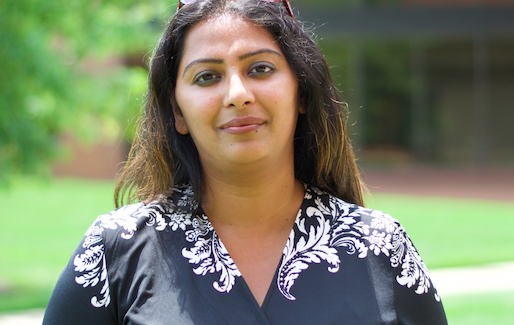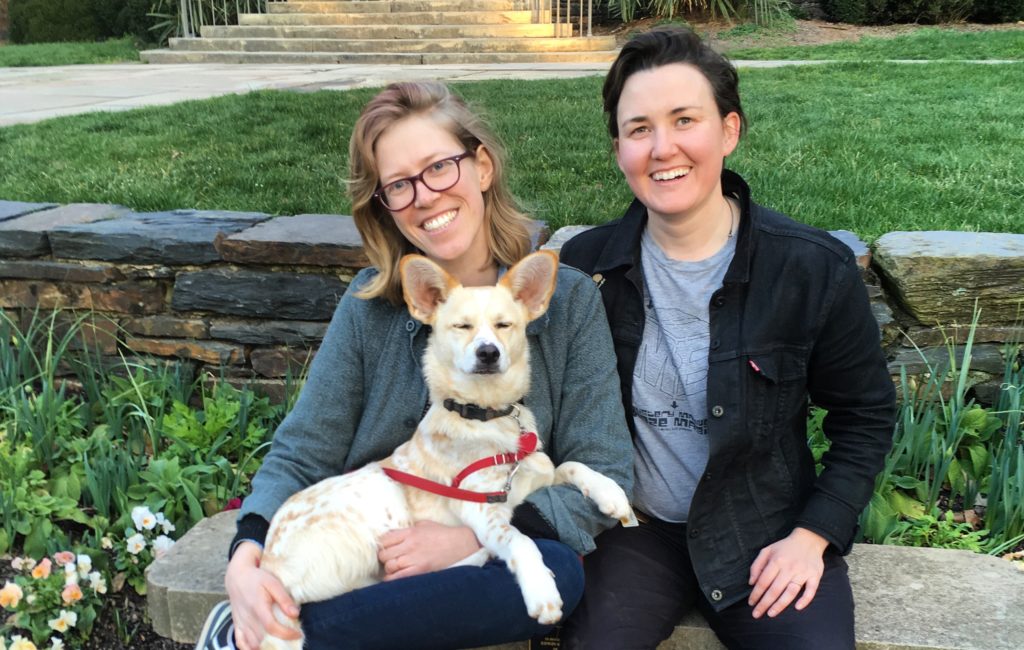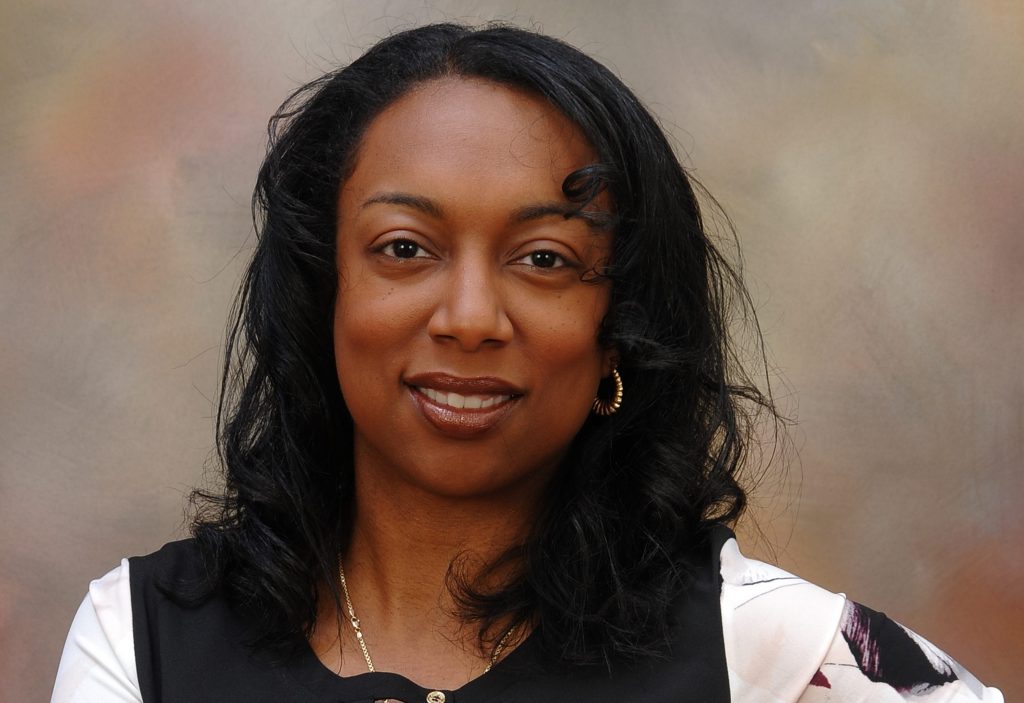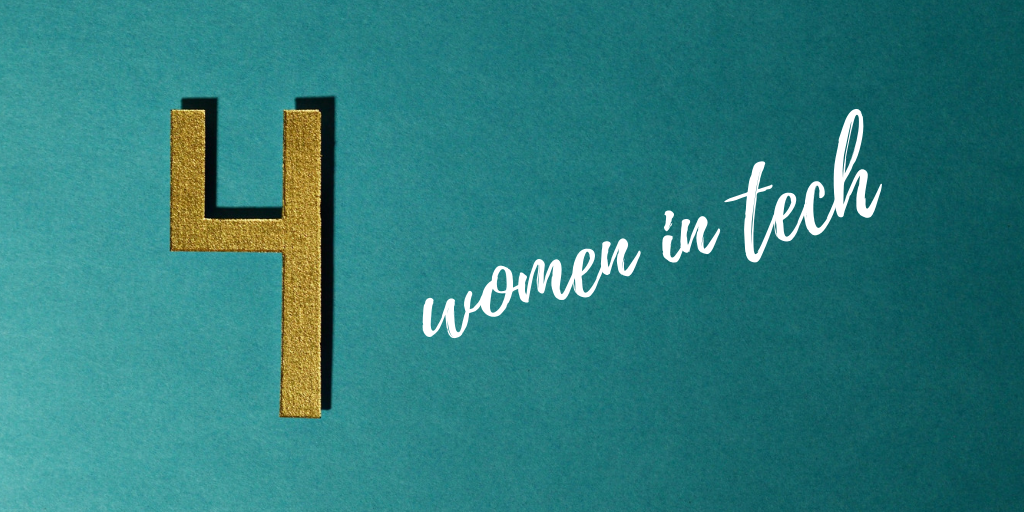Today we’re taking a look at four women in tech who are innovating the landscape, from incubators to healthcare and artificial intelligence. These women have started making some noise and Lioness is helping turn up the volume.
Ritika Singh, InncreTech – New Jersey

Ritika Singh is doing her part to put New Jersey startups on the map with her InnCreTech incubator, a cash plus equity incubator with a unique “startup as a service” model that allows them to serve as cofounders and guide entrepreneurs throughout their developing process. They brainstorm with entrepreneurs on the product, user stories and also work on core engineering problems: scalability, security and performance.
Companies to come out of InnCreTech include GLX, an emerging technology platform for global financial markets; 3D printing company, Link3D; and a client in investment banking who will be putting out a new product next month.
“We help them in building a roadmap and what should be the deliverables. Let us build your MVP (minimum viable product). If you see the traction, you can come back and we can build the full-scale thing,” Singh explained.
Catherine Hofmann and Nic Anthony, QSpaces — Pennsylvania

Hofmann and Anthony are the cofounders behind QSpaces, an online resource for the LGBTQ community to research and find healthcare providers based on the reviews and recommendations of others within the LGBTQ community itself.
We remembered that fear of having a bad experience with a doctor and just feeling like we weren’t welcome and we weren’t being treated right or with respect because of our sexuality,” said Hofmann. “And then also how hard it was to find information on LGBTQ-friendly doctors. And what we found out was there were some Facebook groups in the Philadelphia LGBTQ community and we were able to ask in there and got some really great referrals. But, if that’s the solution that people are using, we knew we could do better. And there are so many resources out there that do this exact same thing but that information doesn’t really translate well to the LGBTQ community. For example, like Yelp or Health Grades or Doc Shop or things like that, and so we basically just needed to recreate an existing business model, but for a niche audience — being the LGBTQ community. And since there’s nothing out there doing this in any big way, we were just like, ‘Hell, why not us?’”
Catherine Hofmann and Nic Anthony, QSpaces — Pennsylvania

Meet Kesha Williams, a software engineer at southern fast-food king Chick-fil-A and a recipient of the Ada Lovelace Awards, a yearly event celebrating women in the field of technology. Williams was nominated in the Computer Engineer category for her groundbreaking work in building S.A.M., short for Suspicious Activity Monitor, a futuristic policing technology predicting the likelihood of crime. If you are thinking that this concept sounds like something straight out of a movie, you’re thinking correctly.
Anyone can have a conversation with S.A.M. using Twitter. While walking down the street, if they saw someone that may be engaging in suspicious activity, the user can take a picture and send it as a tweet. S.A.M then pulls the photo from the tweet and sends it through computer vision technology. Finally, the crime fighter will make a crime prediction and send it back to the user, telling them to either “run for their life!” or “there is no evidence of a crime about to occur.”
“There are many attributes like age, gender and day of the week that all go into making a crime prediction but I intentionally excluded race because I didn’t want S.A.M. to be accused of using racial profiling,” Williams said. “When I did that, I thought that we could use this technology to remove human bias.”






Add Comment